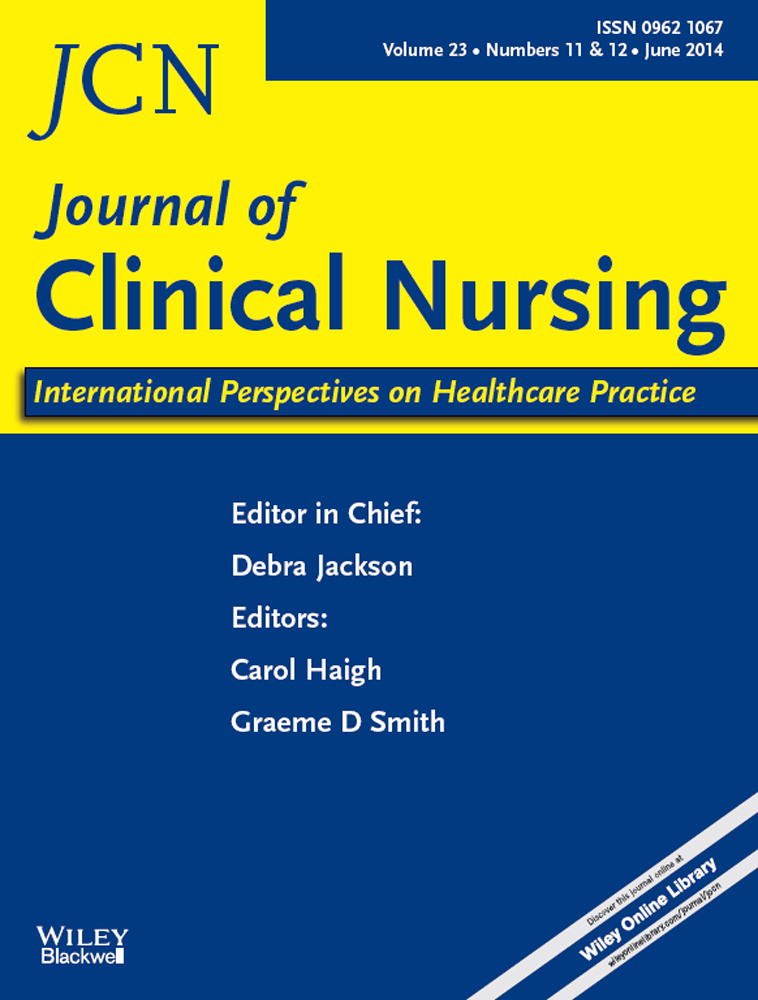Incidence of pregnancy-related discomforts and management approaches to relieve them among pregnant women
Abstract
Aims and objectives
To determine the incidence of pregnancy-related physical symptoms in healthy pregnant women and their management strategies.
Background
In normal progression of pregnancy, many symptoms were experienced. Pregnancy-related physical symptoms may have a negative effect on pregnant women's quality of life. However, pregnant women avoid taking medications from the fear that the medication they use may have a harmful effect on the foetus. Therefore, they practise nonpharmacological methods to help them manage their pregnancy-related physical symptoms.
Design
This study used a comparative and descriptive design.
Methods
The study population comprised of pregnant women who were visiting for routine check-up and/or examination in the obstetrics gynaecology outpatient clinics of three hospitals in Erzurum, Turkey. The data were collected via a questionnaire including socio-demographic items and questions to identify the pregnancy-related physical symptoms that they experienced and their management strategies.
Results
The top three most reported complaints were nausea–vomiting (87·8%), fatigue (77·9%) and breast pain–tenderness (76·2%) during the first trimester, whereas polyuria (79·9%, 88·4%), fatigue (75·6%, 88·4%) and heart burn (71·3%, 81·8%) during the second and third trimesters. Depending on the symptoms, the pregnant women either did nothing or took correct, incorrect or empirical actions to manage their problems. Data revealed that the major source of knowledge was based on their previous experience and that of close relatives. As their education level increased, the percentage of women taking scientifically proven action to correct the problem increased.
Conclusions
Various physical symptoms were experienced by women in each trimester of pregnancy. The majority of the women did not do anything to alleviate their physical symptoms.
Relevance to clinical practice
Midwives and nurses should question the strategies used by pregnant women. In this way, the inappropriate and incorrect practices can be determined, and education on the appropriate practices can be provided.




